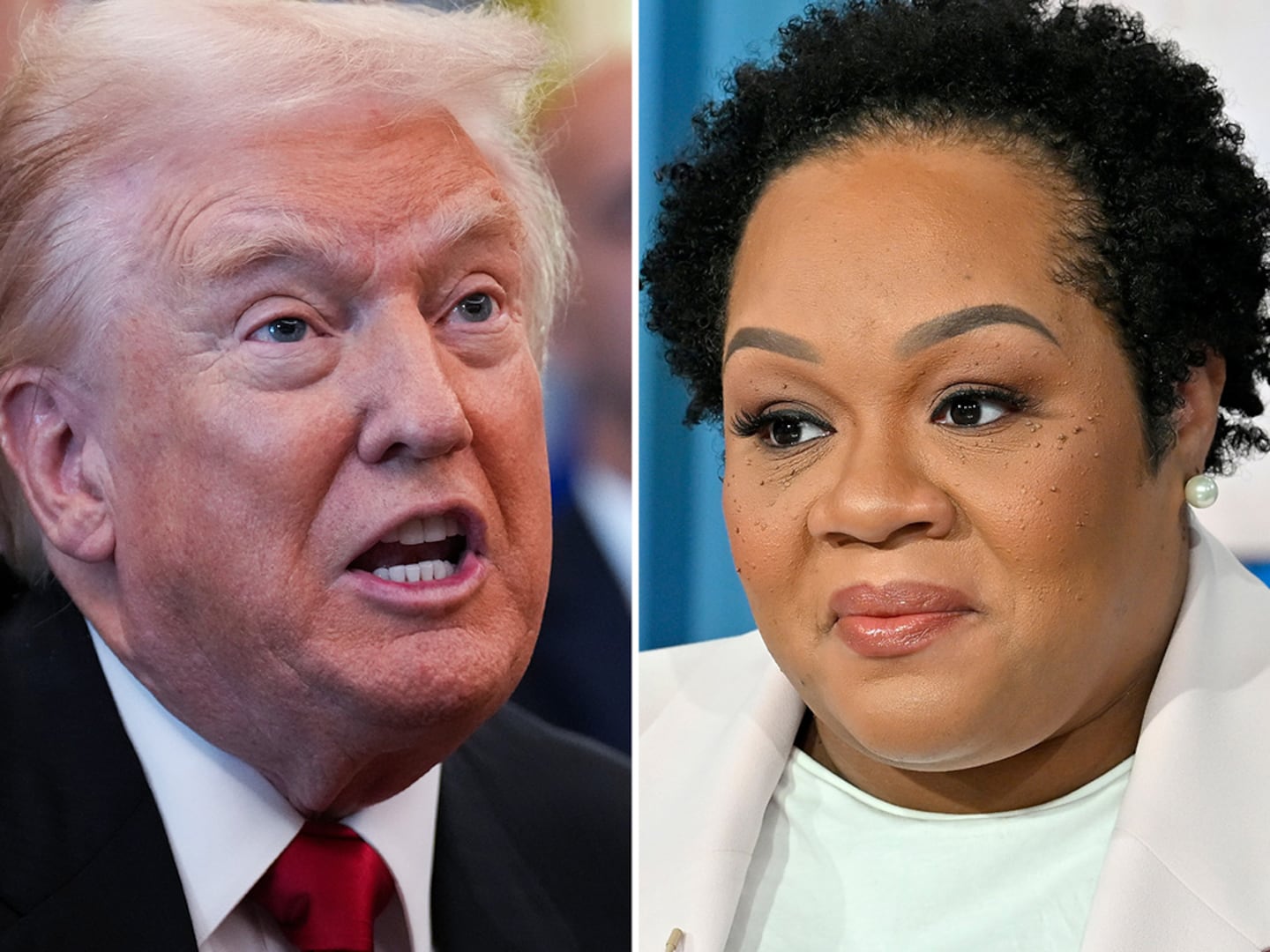San Francisco hasn’t been the biggest city in the West in a long time, unless you look at it from a barstool. Considered from that comfortable and pleasing perspective, however, San Francisco not only rules the West, but indeed it holds a place among American cities only rivaled for breadth and depth of influence by New York and that other over-performer, New Orleans.
If you look at the cocktail revolution of the last twenty years or so, there’s no way you can write its history without including such Bay Area luminaries as Julio Bermejo, creator of the Tommy’s Margarita; Tony Abou-Ganim; Marco Dionysos; Paul Harrington; Alberta Straub (Flight Attendant-in-Chief of the late, lamented Orbit Room); Jeff Hollinger; Jon Santer; Duggan McDonnell; Caitlin Laman; Erik Adkins; Thad Vogler; Ryan “I Hate Cocktails” Fitzgerald, and too many others to name.
Even in the Dark Ages—the years of Long Island Iced Tea and sour mix; of wine coolers and blended whiskey—there were famous bartenders in San Francisco and its neighboring towns and villages. At the Persian Aub Zam Zam Room on Haight Street, Bruno Mooshei held the line with a Dry Martini that was “like a soft rubber mallet at the base of the skull,” as one communicant described it (I can attest to the truth of that description), and if that didn’t appeal to you well you could just go somewhere else because that’s all he made. The pixilated C. Bobby Cook ruled the roost at the Owl Tree, surrounded by owls stuffed, carved, painted, embroidered and represented every other way you can represent an owl. At the Trident in Sausalito, Bobby Lozoff turned the Rolling Stones on to his on-the-fly reinterpretation of the old Tequila Sunrise and through them made it the theme drink of the 1970s.
In the 1950s, there was Jack Koeppler at the Buena Vista Cafe, who sat down with journalist Stanton Delaplane and a couple of bottles of Irish whiskey and hammered out a version of the Gaelic Coffee that Delaplane had encountered in Ireland. Within a few months, Koeppler was selling 700 “Irish Coffees” a day and going through 300 bottles of whiskey a week. The drink would make his bar one of the most popular in America and become an essential part of the bartender’s repertoire.
In the 1930s and 1940s, there was Victor “Trader Vic” Bergeron, a one-legged French Canadian who parlayed a job behind the bar at a Depression-era burger shack into a global tiki empire. (He’s also the father of the cocktail classic the Mai Tai.)
In fact, San Francisco has been fertile soil for bartenders since it was founded. Among its first products was the great Jeremiah P. Thomas, Godfather of the American bar. Born the day before Halloween, 1830, in cold, lonely Sackets Harbor, New York, on the eastern shore of Lake Ontario, he first went behind the bar in New Haven, Connecticut, where his brother David kept a hotel. Breaking the normal progression of barback to bartender, though, the young Jerry Thomas ran off to sea, shipping out of New Haven to Cuba, China and, for his final voyage, San Francisco.
Sailing from New Haven in March, 1849, the Ann Smith reached San Francisco at the beginning of November, whereupon the young Thomas, an ordinary seaman, jumped ship and “ran off into the mountains after gold,” as he recalled in 1882. His mining career, however, was a short one, and by mid-1850 he was back in San Francisco, tending bar at the Illinois House,
Thomas went back into the hills for a while, as far as we can tell doing anything but mining (the maneuverings of a 20-year-old bartender are seldom engraved deeply into the historical record), and then in 1852 went back East with $16,000 worth of gold dust in his pocket. That was a lot of money then, so whatever he had been doing it worked. But he wasn’t done with San Francisco.
In early 1863, as the Civil War was building up to Gettysburg, Thomas went back West, where he was soon parked behind the bar at the elegant Occidental Hotel, then the best in San Francisco. This time, though, he was a celebrity, with stints at bars all around America under his belt, including at least one of his own in New York. Plus, he had written a book: the Bar-Tender’s Guide, the first of its kind. That was in 1862.
Behind the bar at the Occidental, Thomas was getting paid more per week than the vice-president of the United States. “He is a gentleman who is all ablaze with diamonds,” wrote Edward Hingston, one of his customers. “There is a very large pin, formed of a cluster of diamonds, in the front of his magnificent shirt, he has diamond studs at his wrists, and gorgeous diamond rings on his fingers—diamonds being ‘properties’ essential to the calling of a bar-tender in the United States.”
While in California, Thomas worked his brain as well as his hands. At the end of 1863, he self-published a second bar book, the Portrait Gallery of Distinguished Bar-Keepers, which contained an autobiography, sketches of other famous bartenders with portraits by Thomas himself (he was more than competent as an artist) and a goodly number of drinks. Unfortunately, no copy of this book is known to exist and only the drinks survive, ironically because they were plagiarized by another mixographer.
Thomas didn’t stay in San Francisco very long this time, either, decamping at the end of the year to the silver mines of Nevada, where he continued extracting precious metals from the men who hacked it out of the earth. He went back to New York in 1865, where he died in 1885, having never, as far as we can tell, made it back to San Francisco.
Even if Jerry Thomas was a transient presence in the city, he was still long remembered there. One of his drinks, the Buck and Breck (a quite sporty mixture of brandy, sugar, bitters, absinthe and Champagne), was one of the city’s signature drinks until the early twentieth century. More than that, he set a certain tone: a San Francisco bartender was expected to be just a little bit magnificent, and more than a little bit independent. A San Francisco bartender didn’t have to be a character, but if he or she wanted to be one, it would in no way hurt his or her business.
Vincenzo Squarza, the Italian polymath and punch-vendor who stayed in the city long enough to make his fortune before returning home, knew that: an old confederate of Garibaldi’s, he made a habit of going about dressed “in the picturesque Italian costume, with red liberty cap and sash” (the uniform of the Italian reunification).
The great Harry Johnson, another San Francisco transient who went on to become one of the great names in the Pantheon of American bartenders, perhaps lacked that magnificence. Another sailor, the German-born Johnson washed up in the city in 1861 when his ship left him behind to recover from a broken arm and hip. From peeling vegetables, in the kitchen of the Union Hotel, he worked his way up to bartender and then manager before heading East at the end of the decade. But if he worked in the city far longer than Thomas ever did, he was just another face behind the bar while he did—if no doubt a thoroughly professional one, as was his wont.
Eventually, of course, the city bred its own bartenders. The greatest of them was born in the city at the end of 1862. William Thomas Boothby’s father had done many things, but by the time young Billy was old enough to pay attention he was running an oyster saloon downtown. Billy didn’t follow in his father’s footsteps right away. As a youth, he tried tailoring, clerking and working for the streetcar company. Those were unsatisfying.
The Vigor of Life Minstrel Co., though? More like it. Sure, it was a scam—Vigor of Life was yet another one of the useless patent cure-alls that flourished before the Pure Food and Drug Act—but it allowed Boothby to bill himself as “The Great Boothby—King of Terpsichore” and dance a jig onstage while balancing a glass of water on his head.
If he could do that, he could certainly mix drinks. By the late 1880s, after a couple of years of touring the country in the service of Vigor of Life, he retired to deal out the Gaelic water of life, usquebaugh, alias whiskey, one drink at a time. Like most young bartenders, he hopped around quite a bit. First, he was at Byron Hot Springs, a resort east of the city. Then he was at the Silver Palace on Geary Street, in the heart of downtown. Then he was up in San Rafael at another resort, then back on Geary, at the Parker House. This time, though, a picture of him, or at least his top half, wad painted on the outside wall of the bar. His bottom half was that of a rooster, proud tail-feathers and all. “Cocktail” Boothby, he was calling himself, and what better way to illustrate that than to give him a cock’s tail?
Even in San Francisco, a picture like that would get a man noticed, particularly since he had used the same image on the cover of his 1891 bartender’s guide, Cocktail Boothby’s American Bar-Tender, which you could pick up at “all newsdealers throughout the English speaking world,” or at least many of the ones in San Francisco.
On the basis of his very real charisma and his standing as a published authority on mixed drinks, in 1894 “Cocktail Billy” contrived to get himself elected to the California Legislature. Even though he served but one brief term, subsequent editions of his book (one of the more thorough and competent ones of the day) would be attributed to “The Honorable William (Cocktail) Boothby.”
In the decade before Prohibition, Boothby was holding court behind the bars of various of the city’s grand hotels, as a sort of floating cocktail gunslinger. His favorite, though, was the Pied Piper bar at the Palace, which still stands. It was there that he invented the Boothby Cocktail. The drink is a simple one: all you do is mix a standard Manhattan, using both Angostura and orange bitters, and then top it off with a healthy squirt of Champagne.
If you think about it, though, is there a better San Francisco drink than the Boothby Cocktail? A regular cocktail, strong and simple and unpretentious, but with just a little extra flash and sparkle and life to it.






